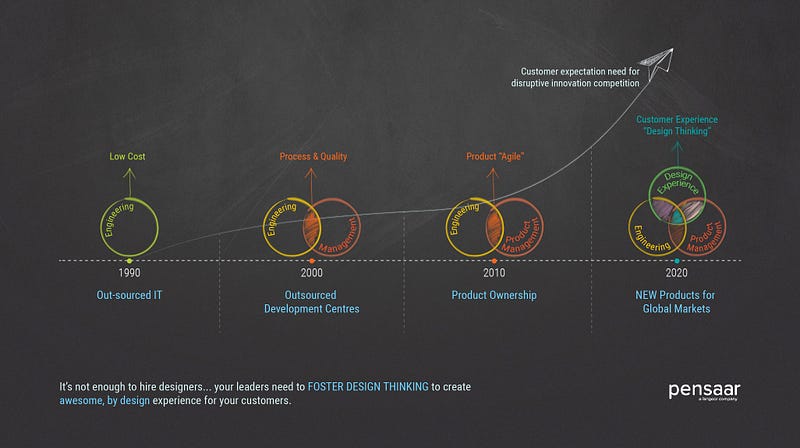“Diversity is an intellect multiplier, especially when the diverse groups can collaborate well” – Mark Sareff
This year the International Women’s day was a different experience for me, no panels stating gender diversity facts most people are painfully aware of. Instead I had the proud privilege of being invited to do a fireside chat and explore new dimensions of diversity and its impact on innovation and business growth.
We are familiar with dimensions of diversity we are born with — gender, age, race etc. but less familiar with the dimensions we acquire in our lifetime — culture, life experiences, domains worked in, education background etc. These interesting dimensions set your thinking patterns, beliefs and problem-solving approaches.
Diversity is an intellect multiplier but, only when diverse groups can collaborate. We need a common language that helps diverse groups come together and collaborate. We need an inclusive environment that fosters diverse perspectives without judgment… here’s where design thinking comes in!
 Design thinking in its application celebrates diversity, when done well allows you to go broad try many, diverse approaches before narrowing down to one solution. It can also change how people work together for the better, introducing a deeper level of collaboration, appreciation of diversity and creativity.
Design thinking in its application celebrates diversity, when done well allows you to go broad try many, diverse approaches before narrowing down to one solution. It can also change how people work together for the better, introducing a deeper level of collaboration, appreciation of diversity and creativity.
Sharing a few key tools to help you create an inclusive environment that fosters diverse perspectives and hence innovative solutions:
1. Don’t brainstorm; think Independently, together While we are not against brainstorming, we believe brainstorming can lead to HiPPO decisions (Highest Paid Person’s Opinion) and can exclude out-of-the-box thinking because the facilitator or the group naturally judges all ideas being generated. Instead have everyone think independently and write down their ideas individually and review every single idea. Similar ideas get grouped together, no idea gets left behind or judged right away. Instead we build on existing ideas to make them more diverse and disruptive. It is a powerful process that celebrates diversity and creates an inclusive environment for disruptive ideas to form and persist.
2. Narrow ideas using clear criteria – The 2×2 tool is a narrowing tool, allows you to choose ideas that the team will filter down to. The team identifies 2 key criteria to narrow ideas (ideally, customer benefits) that would make massive impact on the business. Ideas are then plotted against those dimensions relative to the benefits it brings to the organization versus making Caesar-like decisions. Again allowing diverse teams and ideas to collaborate well hence leading to innovation and business growth.
3. Facilitating large group dialogues – The World Café is a structured tool intended to facilitate collaboration, initially in small groups and then linking ideas within a larger group to access the collaborative and collective wisdom in the group. Each person interprets the world differently, based on his/her perception. Sharing the viewpoints of others is essential for understanding alternatives and adapting strategies to deal with environments. Environments that recognize the contribution of all will foster a strong commitment to achieve common goals.
Diversity offers different experiences and novel perspectives, leading to better decision making and problem solving. It opens up new conversations pushing the boundaries on unrestrained thinking which enables breakthrough innovations.
At Pensaar, one of the things we celebrate is the differences we all bring to the table. Each of us comes with unique experiences having worked in varied industries and lived very different lives. It allows us to recognize each other’s strengths and learn from each other while also being sympathetic to each other’s weaknesses. Our different experiences and perspectives help us foster innovation to beat and not just meet the needs of our increasingly diverse customer base.
So much has already been written about this amazing topic, go here to read more:
· To Make Diversity Work You Need Design Thinking
· HBR’s How Diversity Can Drive Innovation
· 10 Companies Around the World That Are Embracing Diversity in a BIG Way




